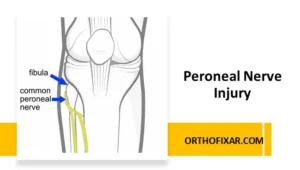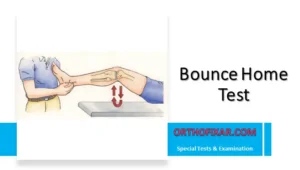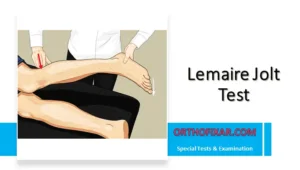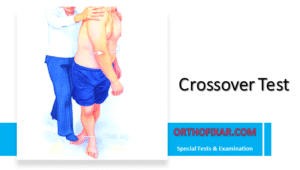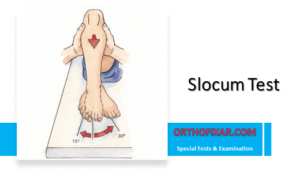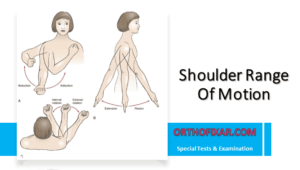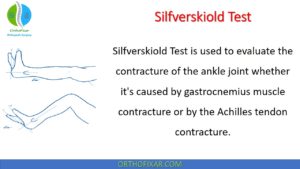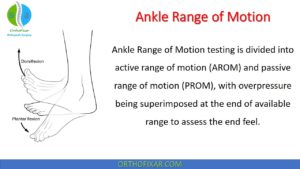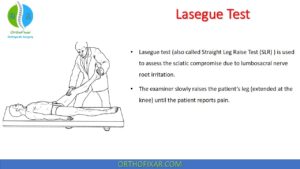Kehr’s Sign
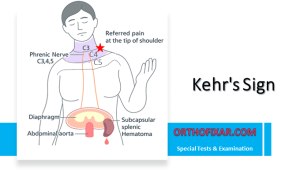
Kehr’s sign is a classic clinical finding characterized by referred pain to the left shoulder, particularly at the tip of the shoulder and above the clavicle. This phenomenon occurs due to irritation of the diaphragm, with pain signals transmitted via the phrenic nerve (C3-C5 nerve roots) to the dermatomes of the shoulder region.
The underlying mechanism involves the shared nerve supply: the phrenic nerve innervates both the diaphragm and provides sensory innervation to the shoulder region. When the diaphragm is irritated—typically by blood, fluid, or inflammatory processes in the peritoneal cavity—the brain misinterprets these signals as originating from the shoulder, resulting in referred pain.
Clinical Significance
Kehr’s sign is most commonly associated with:
- Splenic rupture (most common) – either traumatic or spontaneous
- Hemoperitoneum from any cause
- Ruptured ectopic pregnancy
- Renal calculi (less common)
- Other causes of diaphragmatic irritation
This sign is particularly valuable in emergency settings where splenic injury is suspected, as it may be present even when abdominal examination findings are subtle or equivocal.
Clinical Examination
Standard Kehr’s Sign Testing
The classic method involves positioning the patient supine with legs elevated. This position increases intra-abdominal pressure and enhances contact between any free fluid (blood) and the diaphragm, thereby accentuating the referred shoulder pain. A positive test occurs when the patient reports increased shoulder pain in this position.

Saegesser’s Sign (Phrenic-Point Test)
This variant, also known as the phrenic-point test, involves direct palpation:
Technique:
- The examiner stands at the head of the patient
- Place your thumb on the right side of the neck between the sternocleidomastoid and scalenus anterior muscles
- Direct pressure posteriorly toward the larynx and vertebral column
- A positive test elicits pain in the upper or lower abdomen, typically along the lateral border of the rectus abdominis muscle on the ipsilateral side
This maneuver directly stimulates the phrenic nerve, reproducing abdominal pain in cases of peritoneal irritation.

Notes
Sensitivity and Specificity: While Kehr’s sign is relatively specific for diaphragmatic irritation, its sensitivity varies. Not all patients with hemoperitoneum will demonstrate this sign, particularly in the acute phase.
Laterality: Although classically described as left shoulder pain (due to splenic injury), the sign can occur on either side depending on the location of diaphragmatic irritation.
Delayed Presentation: The sign may become more pronounced over time as blood accumulates and irritates the diaphragm, making serial examinations valuable.
Teaching Context: When teaching students, emphasize that Kehr’s sign is part of a constellation of findings. It should prompt immediate further investigation (ultrasound, CT) rather than serving as a standalone diagnostic criterion.
Differential Diagnosis Considerations
When Kehr’s sign is present, consider:
- Traumatic: Blunt abdominal trauma with splenic or hepatic injury
- Gynecological: Ruptured ectopic pregnancy, ruptured ovarian cyst
- Gastrointestinal: Perforated viscus with free air
- Urological: Renal pathology (though less common)
The presence of Kehr’s sign in a hemodynamically unstable patient should trigger immediate resuscitative measures and surgical consultation.
References & More
- Rastogi V, Singh D, Tekiner H, Ye F, Mazza JJ, Yale SH. Abdominal Physical Signs of Inspection and Medical Eponyms. Clin Med Res. 2019 Dec;17(3-4):115-126. doi: 10.3121/cmr.2019.1420. Epub 2019 Jul 15. PMID: 31308022; PMCID: PMC6886890. PubMed
- Soyuncu S, Bektas F, Cete Y. Traditional Kehr’s sign: left shoulder pain related to splenic abscess. Turkish J Trauma Emerg Surg. 2012;18(1):87–88. PubMed
- Heslop JH. Saegesser’s sign or the phrenic-point test. Lancet. 1956;271(6954):1184–1185. PubMed
- Orthopedic Physical Assessment by David J. Magee, 7th Edition.

